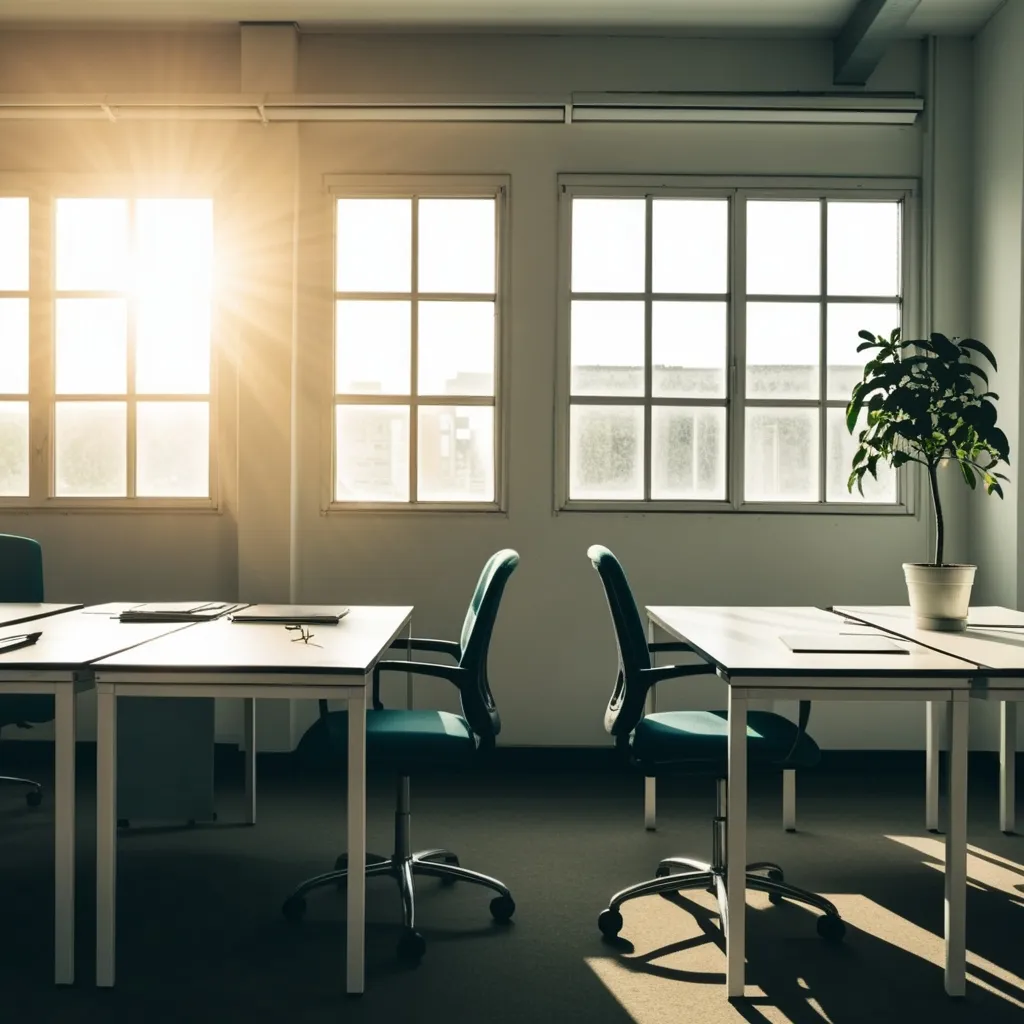When it comes to investing, many of us focus on the big picture – the potential returns, the risk tolerance, and the overall strategy. However, there’s a silent eater of your investment returns that often flies under the radar: hidden fees. These fees can be so stealthy that you might not even notice them, but over time, they can significantly erode your savings.
The Invisible Costs
Imagine you’ve invested $10,000 in a mutual fund, feeling confident about the potential returns. But, did you know that a front-end load of just 5.75% could reduce your initial investment to $9,425 right off the bat? This is just one example of how hidden fees can chip away at your money from the very start.
Types of Hidden Fees
There are several types of fees that you might not be aware of, and each can have a substantial impact on your investment returns.
Management Fees
These fees are charged by the managers of mutual funds or ETFs for their services, such as selecting securities and managing the portfolio. They are usually embedded in the fund’s expense ratio and don’t show up as a separate line item on your statement. For instance, a fund with a 1% management fee might seem reasonable, but over 20 years, this fee can reduce your returns by tens of thousands of dollars.
12b-1 Fees
These fees are used for marketing and promoting mutual funds. They can range from 0.25% to 0.75% annually and are often hidden within the fund’s expense ratio. It’s estimated that these fees cost investors billions of dollars each year. To avoid these fees, look for no-load mutual funds or ETFs, which typically do not charge 12b-1 fees.
Trade Commissions
Every time you buy or sell securities, you incur a trade commission. These fees can range from $5 to $35 per trade and may seem small, but they can add up quickly, especially if you’re an active trader. Being aware of these fees can help you plan your trades more efficiently and reduce overall costs.
Account Fees
These are the “nickel-and-dime” fees that brokers charge for various services, such as receiving paper statements, maintaining an inactive account, or even just having an account. These fees might seem minor but can accumulate over time. Opting for emailed statements and choosing a broker with minimal account fees can help you save money.
Proprietary Fund Fees
Funds managed directly by your brokerage often come with higher fees compared to other available options. These fees can be a result of the brokerage’s need to compensate themselves for managing the fund. Always compare fees across different funds to ensure you’re not paying more than necessary.
The Impact of High Turnover Rates
Actively managed funds often have high turnover rates, meaning the fund managers buy and sell securities frequently. This can lead to higher transaction costs and taxable events, both of which are passed on to you, the investor. These costs can be significant and are often not immediately apparent. For example, a fund with high turnover might generate more transaction fees and capital gains taxes, reducing your net returns.
Strategies to Minimize Hidden Fees
Understanding and minimizing these hidden fees is crucial to maximizing your investment returns. Here are some practical strategies to help you do just that.
Do Your Homework
The first step is to educate yourself about the fee structures of your investment products and the financial professionals you’re working with. Knowing how your advisor is compensated – whether through commissions, fees, or a combination of both – can help you identify potential conflicts of interest. Always read the fine print and review the fund’s prospectus to understand all the associated costs.
Choose Transparency
Working with a fiduciary, fee-only advisor can make a significant difference. These advisors are compensated directly by you and have a duty to act in your best interests. They are more likely to recommend low-cost investment options that align with your financial goals rather than pushing products that generate commissions.
Embrace Passive Investing
Low-cost index funds and ETFs are your allies in the fight against hidden fees. These investment vehicles typically have lower expense ratios compared to actively managed funds and avoid high transaction costs. For instance, an index fund tracking the S&P 500 might have an expense ratio of 0.05%, while an actively managed fund could have an expense ratio of 1% or more.
Diversify Wisely
A diversified investment strategy tailored to your risk tolerance and time horizon can help manage market risk and reduce costs. Avoiding the temptation to overtrade can keep your per-trade costs down. For example, if you’re investing for a long-term goal like retirement, you might opt for a mix of low-cost index funds and bonds rather than frequently trading individual stocks.
Ask Questions
Never hesitate to ask your financial professional about fees. Understanding the compensation structure of your advisor and the fees associated with your investments can provide valuable insights. For instance, if you’re considering a mutual fund, ask about any front-end or back-end loads, management fees, and 12b-1 fees involved.
The Power of Small Savings
It might seem like a small difference, but saving on fees can have a profound impact over the long term. Let’s consider an example: if you invest $250,000 and contribute $1,000 monthly, achieving a 7% return before fees, the difference between a 0.03% fee and a 1.00% fee over 30 years is staggering. You could end up with $3,056,600 versus $2,415,100 – a difference of $641,500. This illustrates how every dollar saved in fees is a dollar that stays in your portfolio, working for you.
Conclusion
Hidden fees in your investment portfolio are not just a minor nuisance; they can be a significant drain on your returns. By understanding these fees, choosing transparent and low-cost investment options, and working with a fiduciary advisor, you can take more control of your investment journey. Remember, it’s not just about how much you make, but how much you keep that truly matters.
So, the next time you review your investment statements, take a closer look at the fine print. Ask questions, seek transparency, and opt for low-cost options. Every step you take to minimize these hidden fees brings you closer to achieving your financial goals. After all, in the world of investing, knowledge is power, and saving on fees is one of the best investments you can make.






